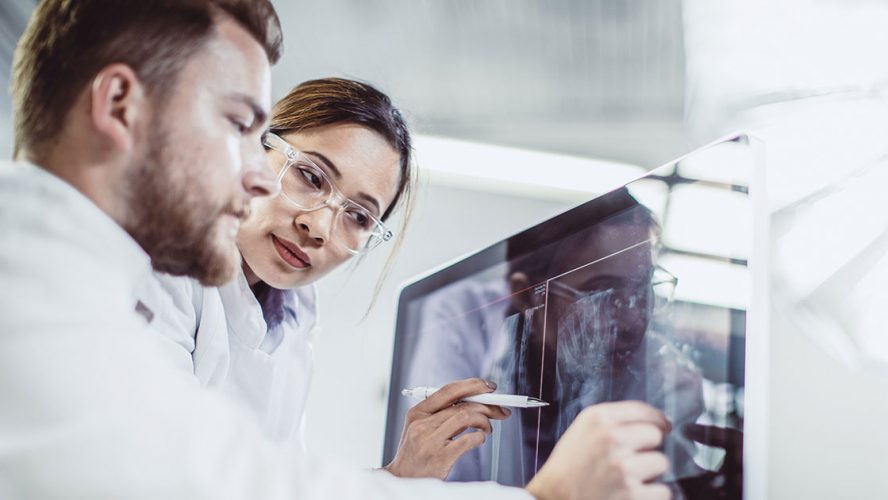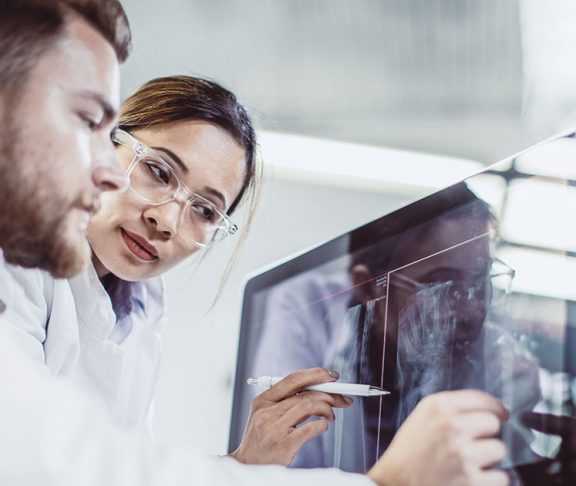By now, the world is acutely aware of the challenges related to opioids. The figures are striking. The magnitude of the crisis is immense.
People battling chronic pain face disproportionate exposure to today’s opioid epidemic partly because, for years, opioids served as the default option for managing chronic pain. While prescription opioid medication can have an important role in helping patients manage acute (short-term) or cancer pain, these drugs were never intended to routinely treat chronic (long-term) pain, and there is a lack of evidence for such use even today. The opioid epidemic has forced a reassessment of how chronic pain is managed.
A significant opportunity lies in innovative therapies like neurostimulation — a safe, effective and proven therapy that combats pain. The therapy, which patients try before receiving an implant, uses a small device implanted in the lower back to deliver electrical stimulation to the nerves along the spinal column to interrupt pain signals traveling to the brain. As companies like Abbott have pioneered new options to treat different types of chronic pain, the therapy is more effective than ever before.
Take medically retired U.S. Army paratrooper Doug Rodd, who damaged his knees during active duty. After 12 surgeries to correct his condition, Doug developed complex regional pain syndrome, a type of chronic pain.
Neurostimulation’s promise
Abbott’s neurostimulation therapy allowed Rodd to end his reliance on opioids and find a more effective way to manage his chronic pain. After 10 years of daily dependence on morphine, he’s now completely off pain medication and back on his motorcycle — using Abbott’s life-changing technology to live an active life once again. While this is simply one patient’s story and experiences with the therapy are unique, it speaks to the potential impact of neurostimulation.
Mounting evidence corroborates Rodd’s experience, demonstrating that neurostimulation can reduce or stabilize opioid use in people battling chronic pain. In one study of more than 5,000 patients, 70 percent of patients with an Abbott neurostimulation system saw their use of opioids decline or stabilize.
Physicians are taking notice of the therapy’s momentum. Now it’s a matter of improving access for patients. Fortunately, we’re seeing positive trends in the right direction.
Primary care physicians are building connections to interventional pain specialists who can deliver on the promise of neurostimulation. Not all pain is equal, and neither is its treatment. Ensuring that patients are seen by interventional pain specialists is critical to improving outcomes.
As access to neurostimulation increases, more patients are being offered these innovative therapies earlier in the care continuum, improving long-term outcomes and helping more people avoid unnecessary exposure to opioids for chronic pain relief.
Through collaborative partnerships and greater awareness, we can treat pain more effectively and use innovation to fight against overuse of opioids.
Keith Boettiger, Vice President, Neuromodulation, Abbott, [email protected]

